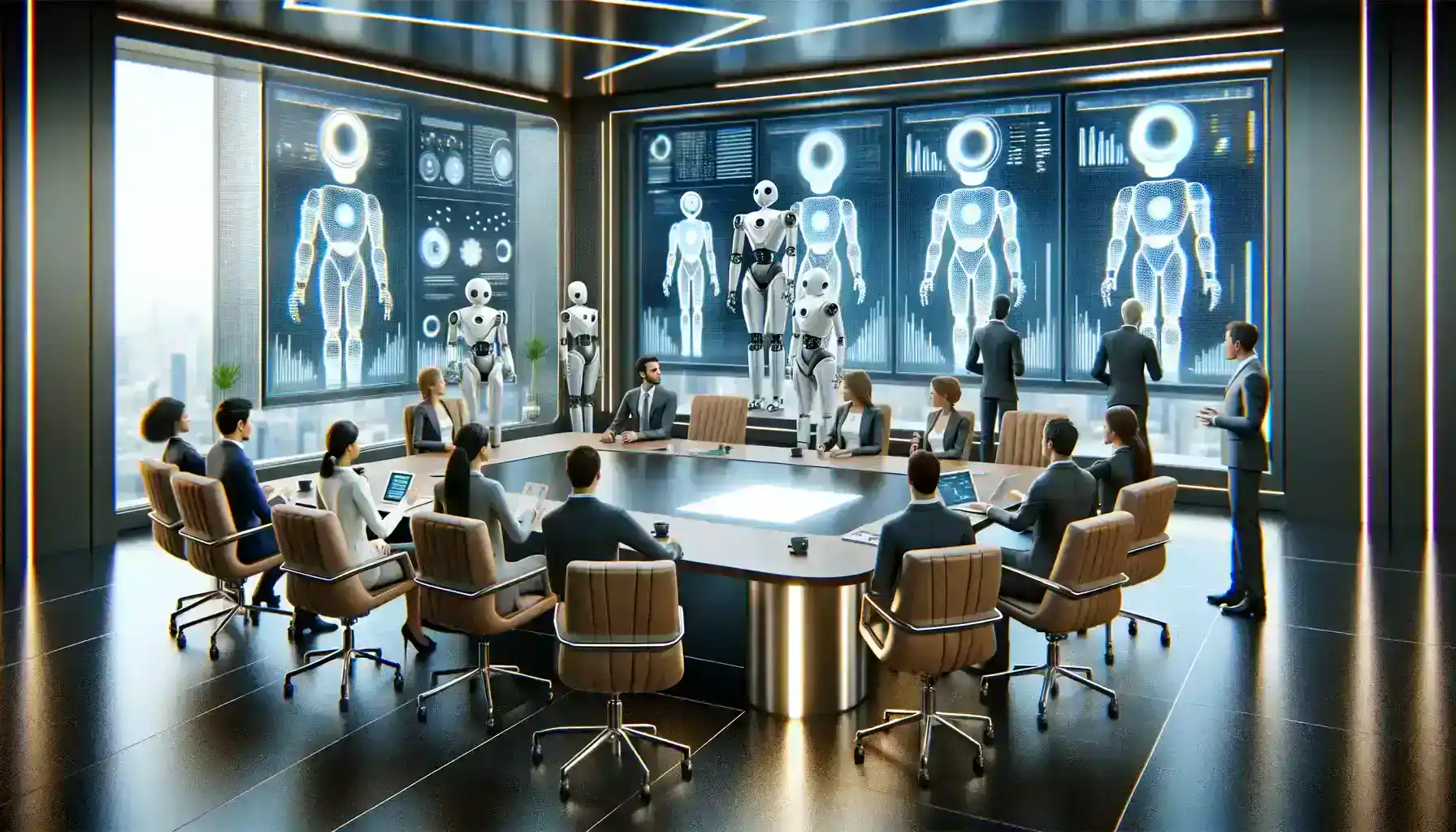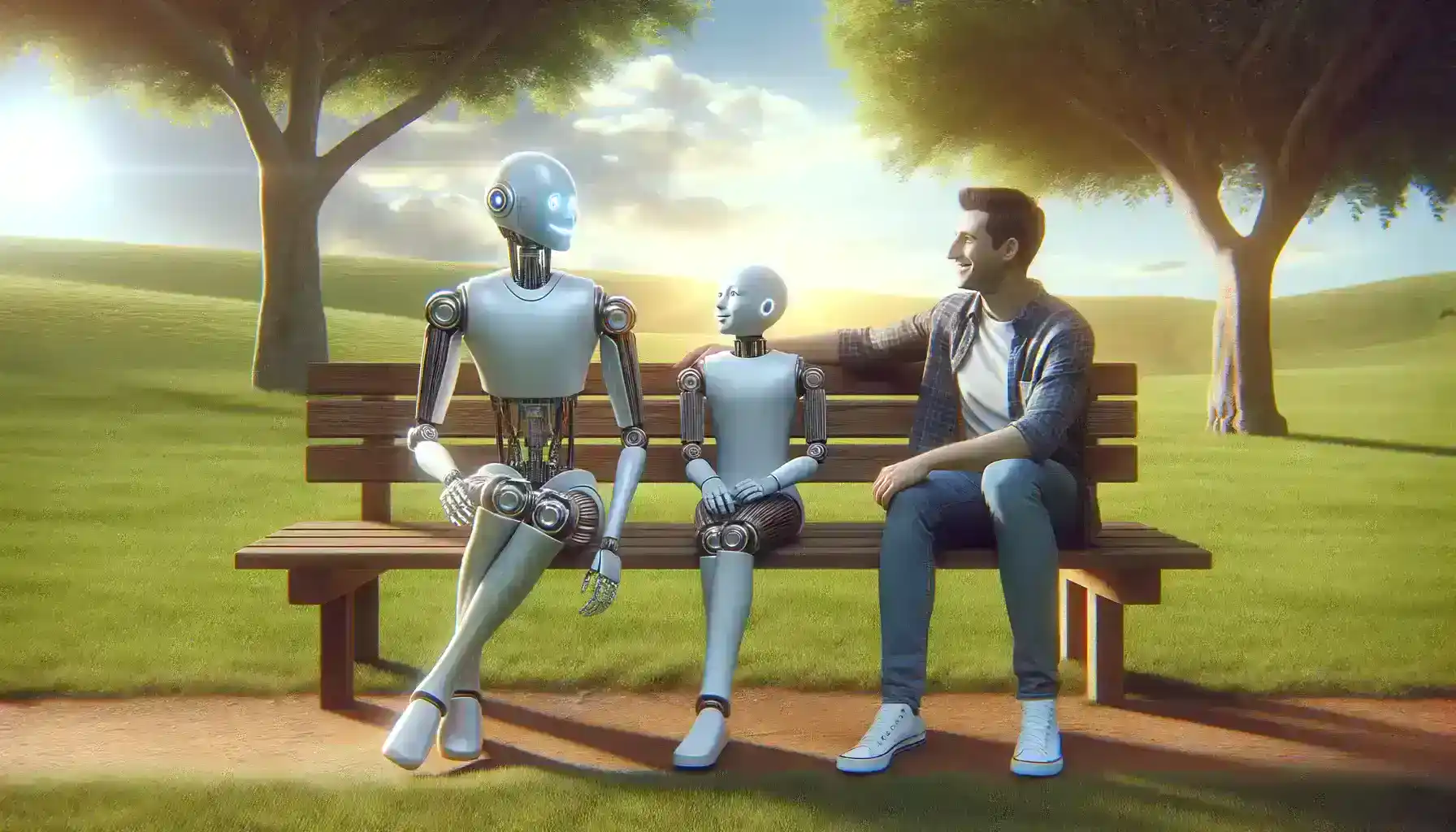Table of Contents
In the rapidly evolving landscape of technology and artificial intelligence, one of the most intriguing aspects is the integration of social cues into human-robot interaction. Social cues encompass a wide range of verbal and non-verbal communicative signals that humans use to convey information, emotions, and intentions to one another.
While humans have intuitively relied on social cues for millennia to navigate social situations and build trust in interpersonal relationships, their application in human-robot interaction has recently gained significant attention. while the power of social cues has the power to significantly impact trust in human-robot teams, researchers and developers must navigate various challenges and limitations to harness this power effectively and ethically in the design and deployment of social robots.
Understanding the profound influence of the power of social cues is crucial, as it plays a pivotal role in shaping the dynamics between humans and social robots. It’s not merely about technology functioning efficiently; it’s about creating meaningful and trusting relationships with these artificial companions. This is where the “power of social cues” comes into play.
Moreover, when robots respond to the power of social cues such as maintaining eye contact, mirroring body language, and using appropriate vocal tones, the trust between humans and robots tends to increase.
We will explore the multifaceted world of social cues, dissect the intricate relationship between the power of social cues and trust, and provide practical insights into how social cues’ manipulation and optimization can enhance social robots’ trustworthiness.
1. Understanding the Power of Social Cues
- Social cues are subtle, often non-verbal signals that individuals use to convey information, emotions, and intentions during interpersonal interactions. These cues can take various forms, including verbal (spoken language, tone of voice), non-verbal (gestures, posture), facial expressions (smiles, frowns), and body language (proximity, eye contact).
- The power of social cues lies in their ability to transmit rich and nuanced information beyond words. For instance, a warm smile can convey friendliness and trust, while avoiding eye contact may indicate discomfort or deceit.
- The power of social cues in social robots lies in their ability to make the interaction feel more natural and intuitive for humans. When robots display appropriate social cues, users are more likely to trust and feel at ease with the technology.
- A social robot that leverages the power of social cues is “Pepper,” developed by SoftBank Robotics. Pepper is designed to interact with customers in various retail settings, such as shopping malls and electronics stores. Its primary goal is to enhance customer engagement and provide assistance in a friendly and approachable manner.

2. Trust in Human-Social Robot Collaboration
- Trust is a fundamental component of any successful human-robot interaction, and its definition in this context is crucial. In the context of human-robot interactions, trust can be defined as the confidence or reliance that humans place on robots’ ability to perform tasks, follow instructions, and respect their safety and well-being.
- The “power of social cues” comes into play here because trust is not solely based on the robot’s technical capabilities but also on the social cues it employs. Social cues encompass a wide range of non-verbal and verbal signals, such as facial expressions, body language, tone of voice, and even the robot’s appearance.
- Trust is particularly critical in situations where robots and humans share workspaces. Trusting that the robot will act safely reduces the risk of accidents and injuries.
- Paro is a robotic seal developed by the Japanese company AIST (National Institute of Advanced Industrial Science and Technology). It has been used in healthcare settings, such as nursing homes and hospitals, to provide therapeutic support to patients, particularly those with dementia and Alzheimer’s disease.
3. The Impact of Social Cues on Trust
- In recent years, a wealth of research and studies have shed light on the profound impact of social cues on trust within human-robot teams. These investigations have consistently shown that social cues play a pivotal role in shaping the dynamics of trust in human-robot interactions.
- Creating robots capable of accurately interpreting and responding to social cues in real-time is a complex task, and errors in this process can erode trust rather than enhance it.
- Social cues have the power to significantly impact trust in human-robot teams, researchers and developers must navigate various challenges and limitations to harness this power effectively and ethically in the design and deployment of social robots.
- In the field of autonomous vehicles, the ability of self-driving cars to communicate effectively with pedestrians and other road users through social cues is vital for road safety and trust-building. For instance, some autonomous vehicles are equipped with external displays that can project messages or use illuminated symbols to indicate their intentions, such as stopping to let pedestrians cross the road.

4. Strategies for Leveraging Social Cues
- When robots consistently maintain eye contact with humans, they emulate a natural interaction, creating a sense of connection and trust. Inconsistent eye contact can make humans feel as though the robot is not engaged or reliable.
- Robots that mirror human body language convey empathy and attentiveness. Consistent mirroring helps build rapport and trust because it demonstrates the robot’s ability to understand and adapt to human non-verbal cues.
- Robots should be aware of the context in which they are interacting with humans. Adapting the power of social cues based on the situation, whether it’s a casual conversation or a serious task, ensures that the robot’s behavior aligns with the expectations of the user.
- Incorporating these principles of consistency, natural gestures, and adaptability into the design and behavior of social robots can significantly increase their effectiveness in building trust.
5. Real-World Applications
- Social robots have made significant strides in healthcare settings. Robots that effectively use social cues, such as maintaining comforting eye contact and employing gentle, reassuring gestures, have been deployed in hospitals to assist with patient care. Social robots in pediatric units can help alleviate children’s anxiety by engaging them in interactive play and conversation, building trust between young patients and the machines.
- Social robots with friendly and approachable appearances use natural expressions and gestures to engage with students. These robots support personalized learning experiences by adapting their teaching methods based on students’ responses and progress, ultimately fostering trust and enhancing the learning process.
- In the customer service industry, social robots are being used as concierges and information providers. Their ability to make eye contact, maintain polite gestures, and adapt their responses to customer inquiries helps create a more human-like interaction.
- Retail stores employ social robots to enhance the shopping experience. These robots assist customers by providing information, helping them find products, and even conducting inventory checks.
- In manufacturing, social robots that collaborate with human workers must employ social cues effectively to convey their intentions and understand the instructions given by human colleagues. Trust between humans and robots is crucial to ensure safety and efficiency in shared workspaces.
These real-world applications and sectors illustrate how social cues are transforming interactions with robots. By effectively using the power of social cues, social robots are becoming integral in various industries, ultimately improving efficiency, engagement, and trust in human-robot collaborations. The continued development and integration of these technologies hold great promise for the future.

Conclusion
In the dynamic landscape of human-robot collaboration, one factor stands out as a catalyst for building trust and fostering meaningful connections: the power of social cues. Through our exploration of this vital dimension, we’ve uncovered the profound impact that social cues have on the interaction between humans and social robots.
As we’ve discussed, consistency in the use of social cues, including maintaining eye contact, responsiveness to verbal cues, and mirroring human body language, forms the foundation of trust. Consistency engenders a sense of familiarity and reliability that is essential for users to feel comfortable and confident in their interactions with robots.
The authenticity of natural gestures and expressions cannot be overstated. When robots employ human-like movements and expressions genuinely, they establish rapport and trust at an accelerated pace.
Furthermore, adaptability in the deployment of social cues is a linchpin in enhancing human-robot interactions. Robots that can recognize and respond to the emotional cues of humans, adapt to various contexts, and respect individual preferences significantly enrich the collaborative experience, deepening trust.
In the real world, social robots have made inroads into healthcare, education, customer service, and various industries. Their effective use of the power of social cues has transformed these sectors, fostering trust and enhancing the quality of human-robot interactions.
The power of social cues in human-robot collaboration is not merely a technological innovation but a profound opportunity to reshape the way we interact with machines. By harnessing this power responsibly and ethically, we pave the way for a future where humans and social robots collaborate seamlessly, empowered by trust and enriched by connection. The journey has only just begun, and the possibilities are boundless as we continue to unlock the potential of social cues in shaping our robotic companions.